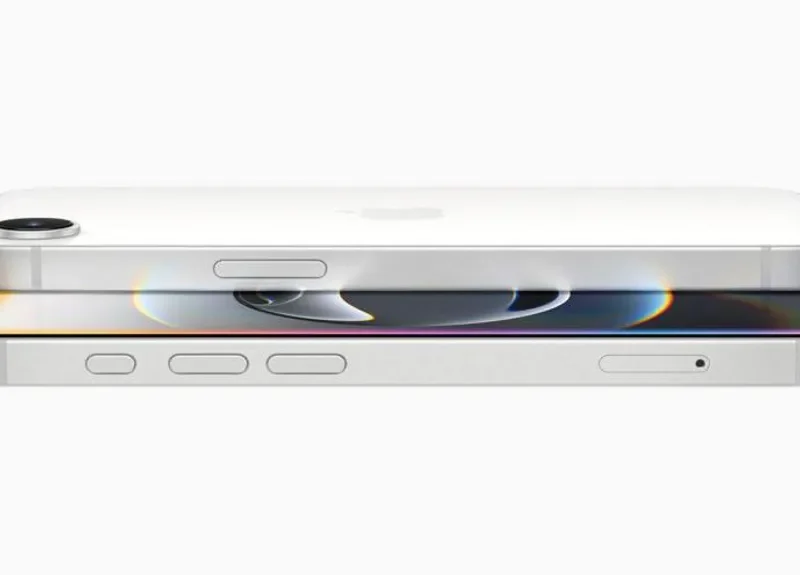Apple has unveiled the iPhone 16e, a more affordable model featuring artificial intelligence (AI) capabilities, priced lower than its flagship counterparts.
The iPhone 16e shares the same processor and storage options as the iPhone 16 but comes with reduced specs, including fewer cameras.
Apple hopes the enhanced AI features at a lower cost will revive interest in its products, as iPhone sales dropped last year. However, analysts remain cautious about how much of a sales boost AI will provide. The name “16e” echoes the iPhone SE series, which was released between 2016 and 2022 and priced significantly lower.
The iPhone 16e will be available for pre-order on February 21 in 59 countries, with a UK price of £599—£200 less than the iPhone 16 but more than twice the price of the original iPhone SE from 2016.
Industry analyst Paolo Pescatore described the iPhone 16e as “one of the most affordable powerful iPhones on the market,” adding that it could boost Apple’s AI efforts, attract new customers, and entice users from competing devices.
Apple Intelligence
The new iPhone 16e is expected to generate significant discussion around its power, as it uses the same A18 chip found in Apple’s higher-end devices. This ensures the 16e can handle the same games and apps, with AI playing a central role in its performance.
Apple CEO Tim Cook emphasized that the new model delivers the “performance, intelligence, and privacy” users expect, highlighting the Apple Intelligence features designed to improve efficiency and enable new ways of self-expression. These include AI tools for writing and integrating OpenAI’s ChatGPT into Siri.
However, Apple’s AI ventures have faced challenges, such as suspending its AI-generated news alerts after they produced false headlines from news organizations like the BBC. Currently, summaries are presented in italics to avoid confusion.
The iPhone 16e is marketed as “built for Apple Intelligence,” offering new features like easy photo cleanup and image library searches. While similar AI tools are available on other phones, the 16e provides the most affordable option for accessing Apple’s AI features.
Forrester analyst Dipanjan Chatterjee noted that the iPhone 16e opens a new revenue stream for Apple, particularly in markets like India, where many consumers can’t afford high-end iPhones. It also lowers the barrier for new customers to join the Apple ecosystem.
Despite Apple’s extensive investments in research and development, some critics, like Cory Johnson of Epistrophy Capital Research, argue that the company’s innovation has been underwhelming, with recent releases like the HomePod and $3,500 ski goggles failing to justify the $189 billion spent on R&D over the past decade.











